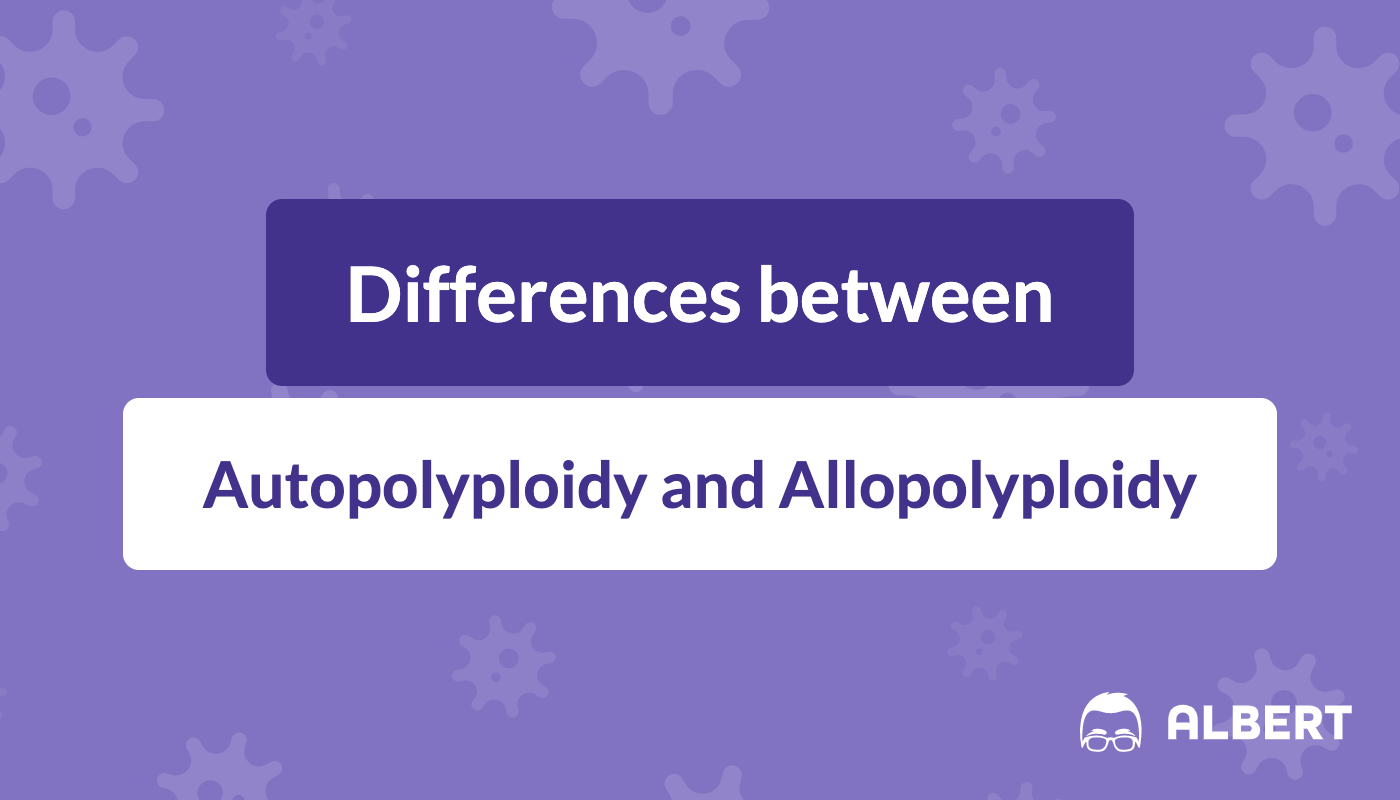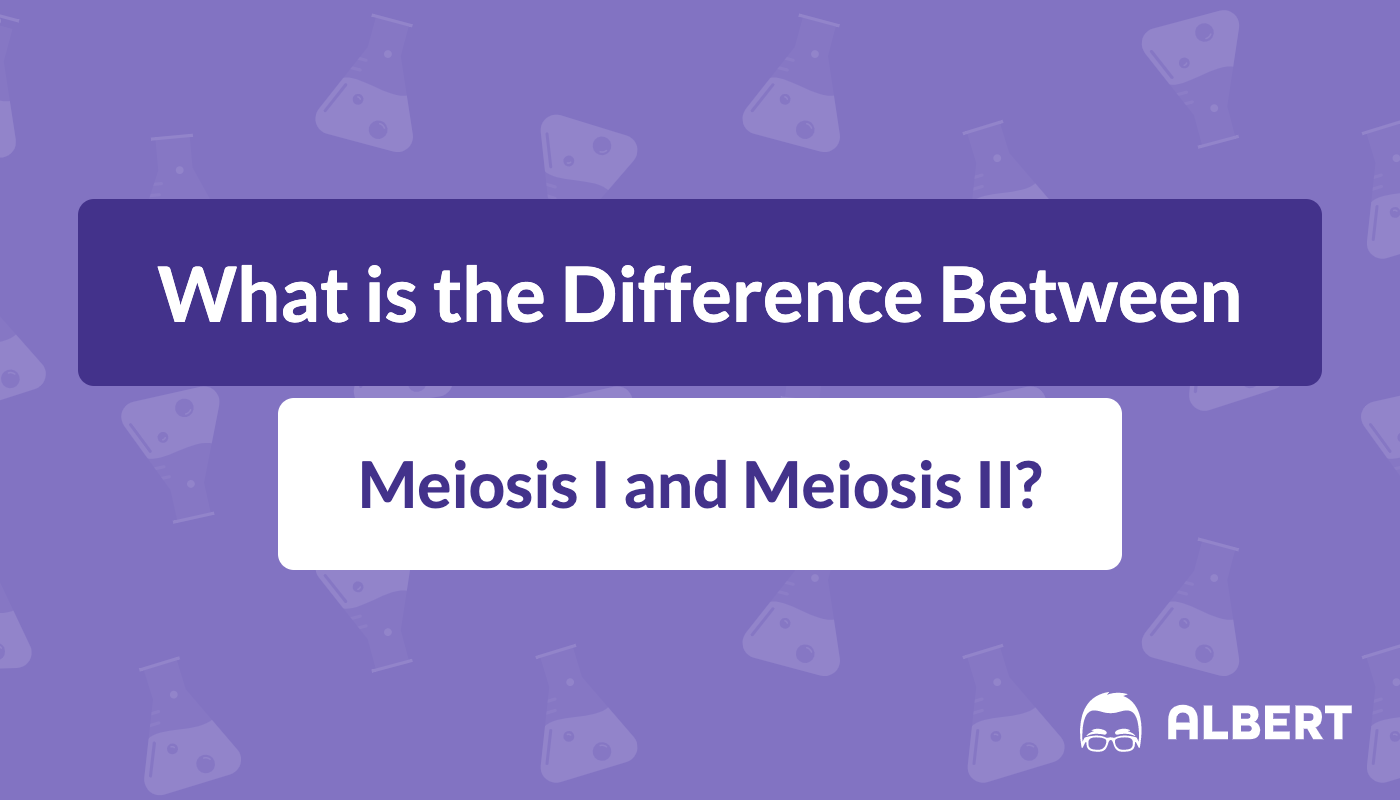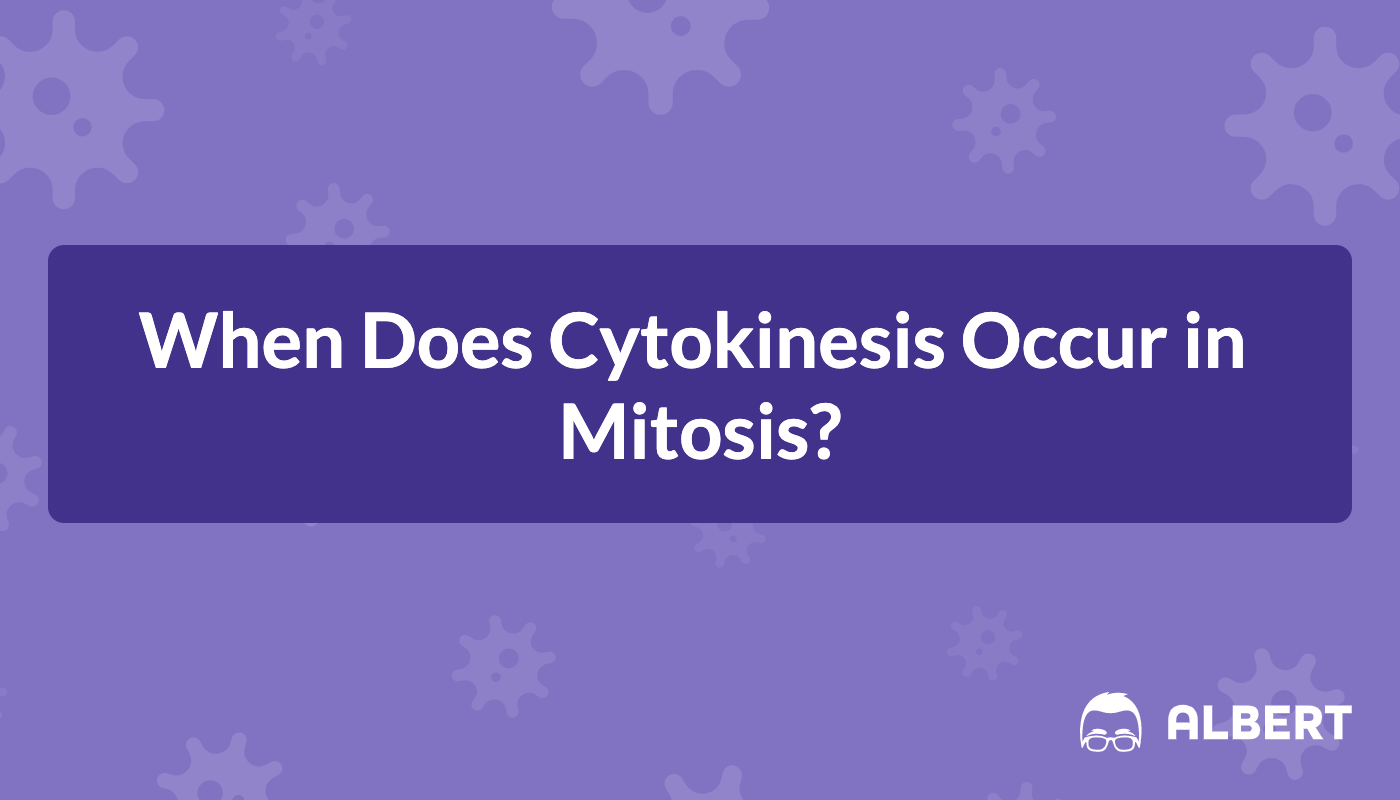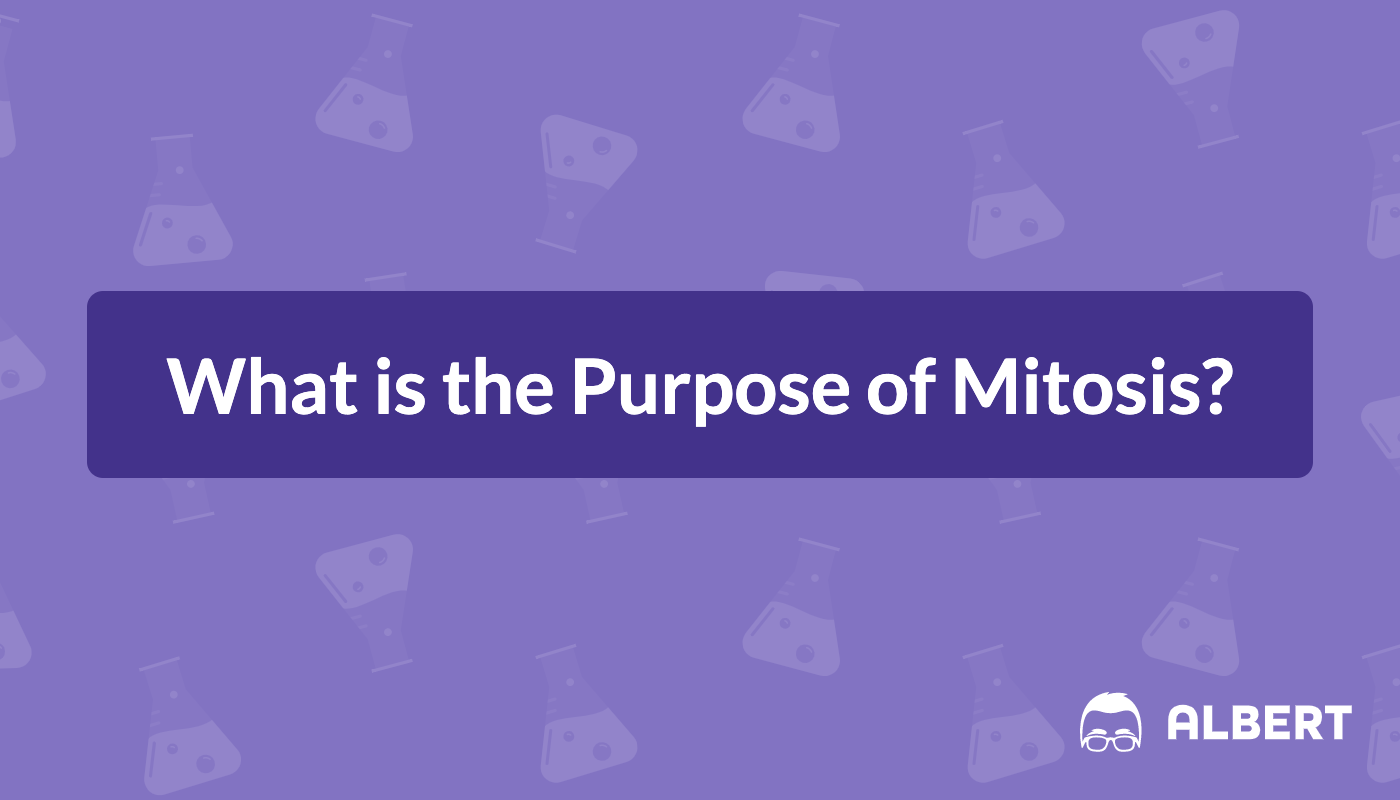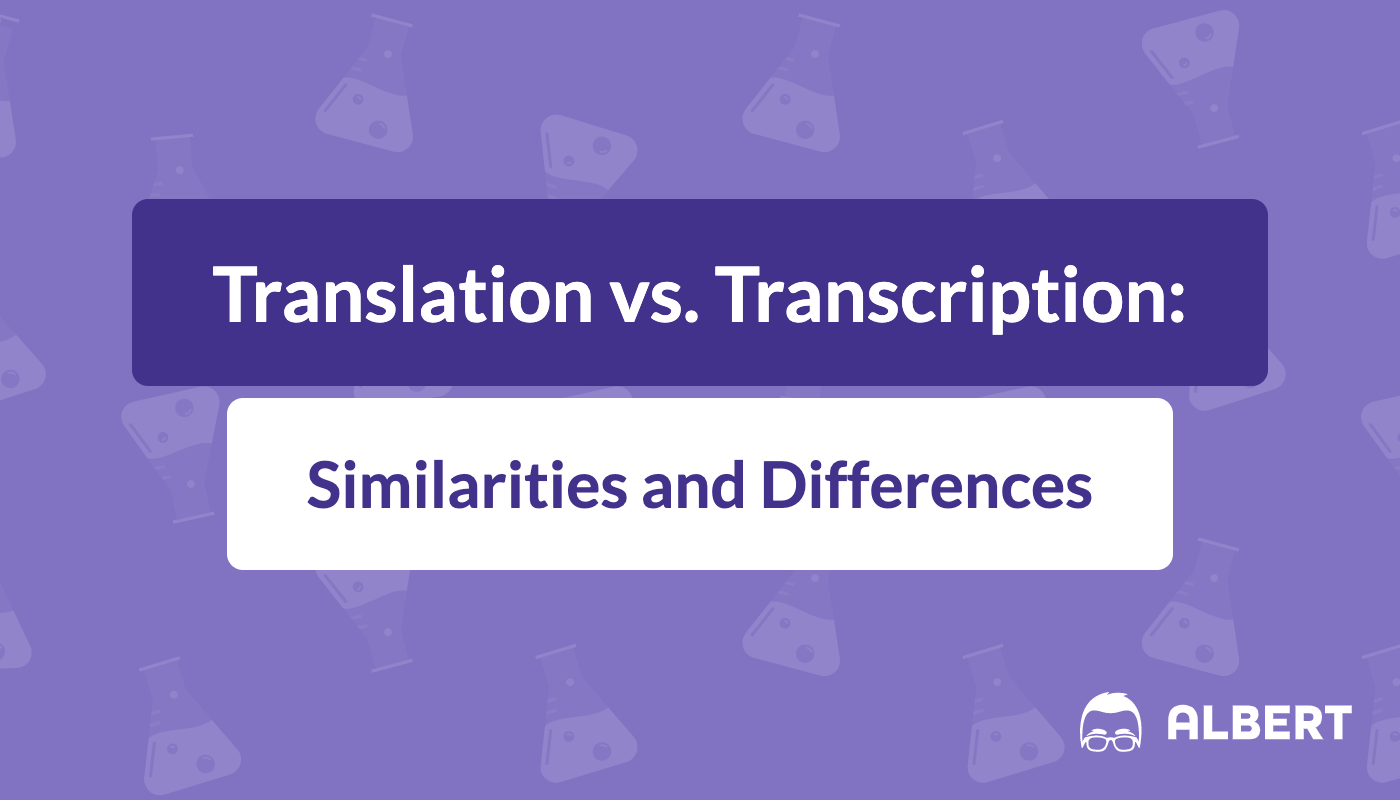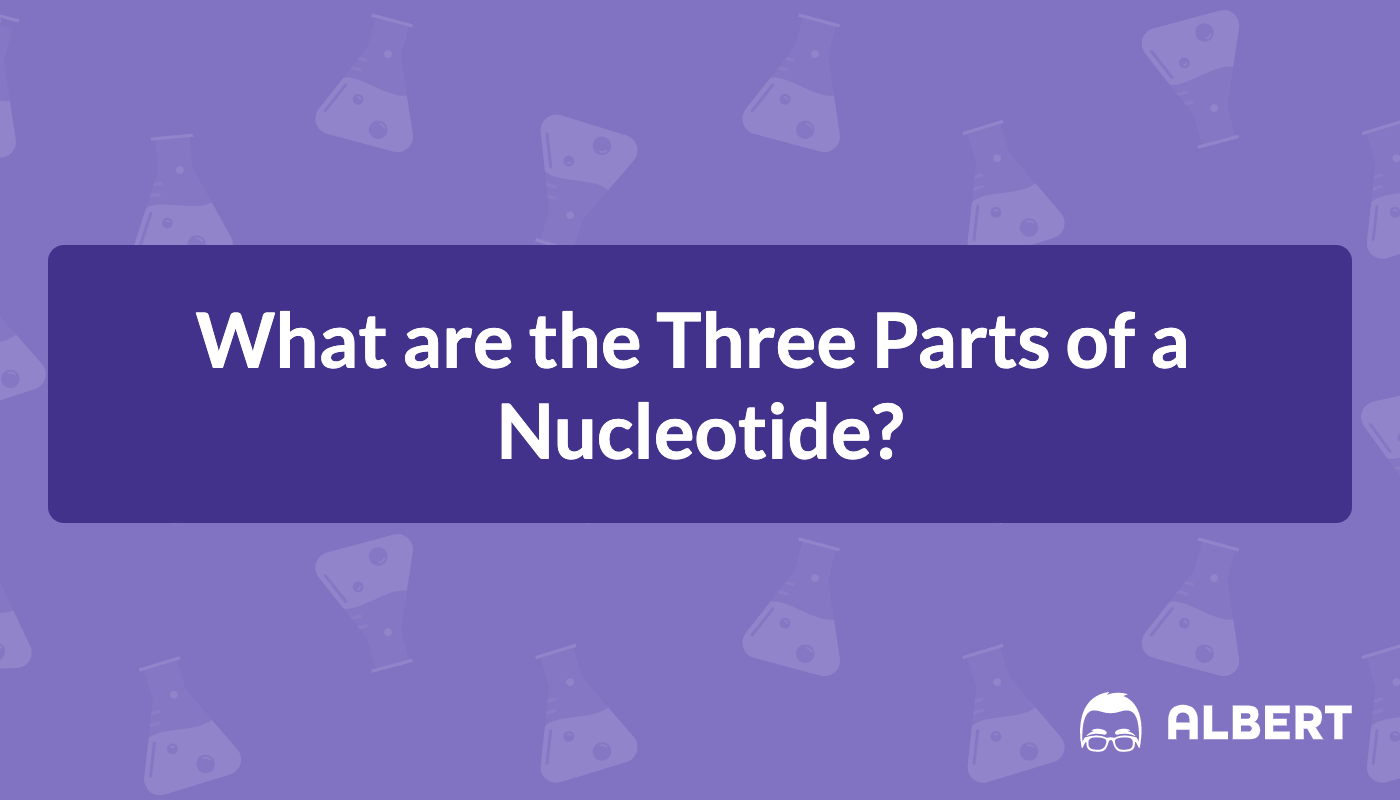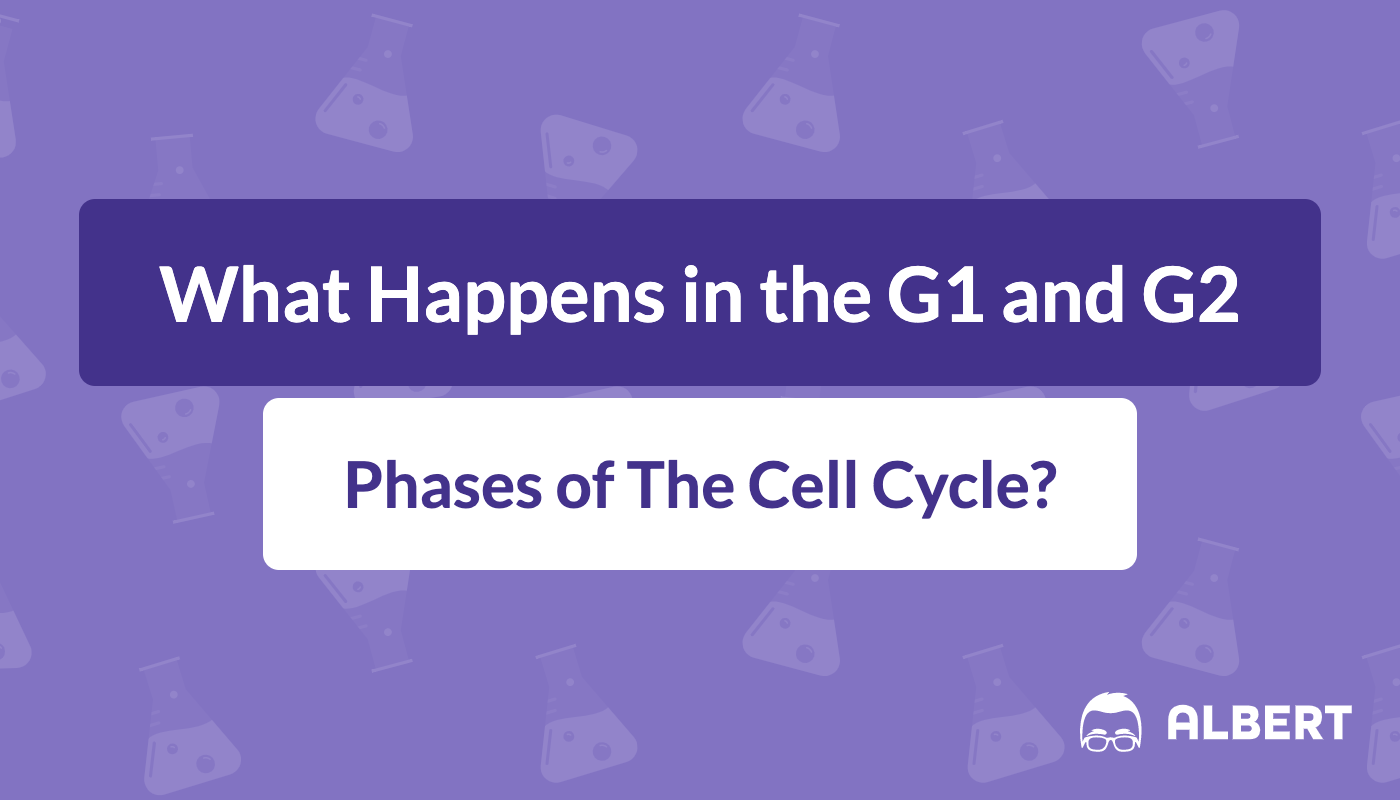Polyploidy: Differences between Autopolyploidy and Allopolyploidy
Heredity is the passing on of characters from parents onto their progeny. In some organisms, like humans, a parent passes on one copy per gene to their offspring and as a result, the progeny gets two copies in total from its parents. These organisms are called diploids (2n).

